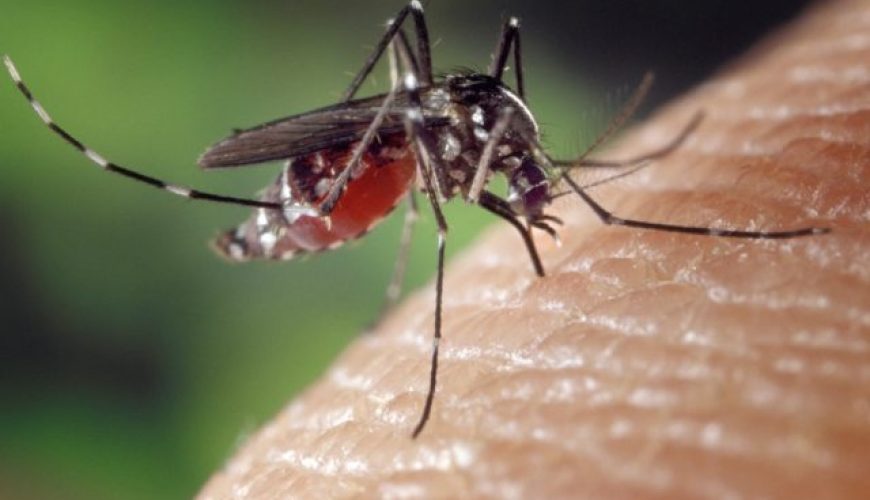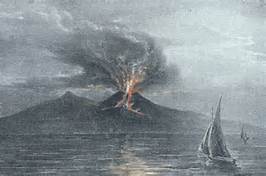E’ iniziata la stagione della terribile zanzara tigre: “Questo e’ il periodo in cui le uova delle zanzare deposte a ottobre o novembre dello scorso anno iniziano a schiudersi“, spiega Alessandra della Torre, docente associato di parassitologia dell’Universita’ La Sapienza di Roma. “Anche se l’emergenza Chikungunya dello scorso anno e’ passata non possiamo escludere che possa succedere di nuovo“.
L’emergenza zanzare
A riportare la notizia è meteoweb.“Le piogge di questi giorni, intervallate dal caldo, favoriscono la schiusa delle uova“: “Si trovano nelle pareti delle caditoie stradali o di contenitori d’acqua comunemente presenti nell’ambiente. Con le piogge il livello dell’acqua si innalza, le uova vengono sommerse e liberano larve il cui sviluppo e’ favorito dalle alte temperature“. “Le uova della zanzara tigre si trovano dove c’e’ acqua stagnante, come ad esempio nei sottovasi. Bisogna assicurarsi di svuotarli ogni 4-5 giorni per rimuovere anche le larve“.












